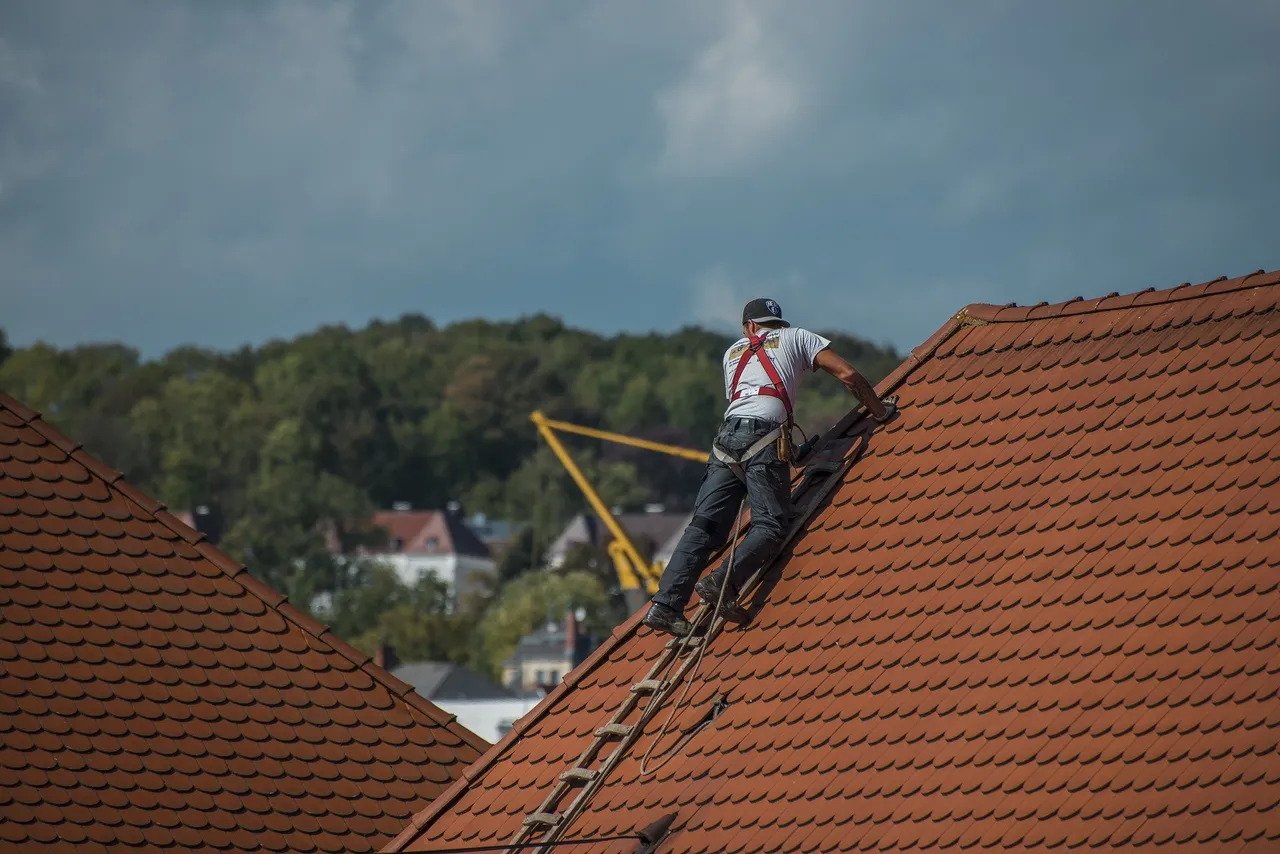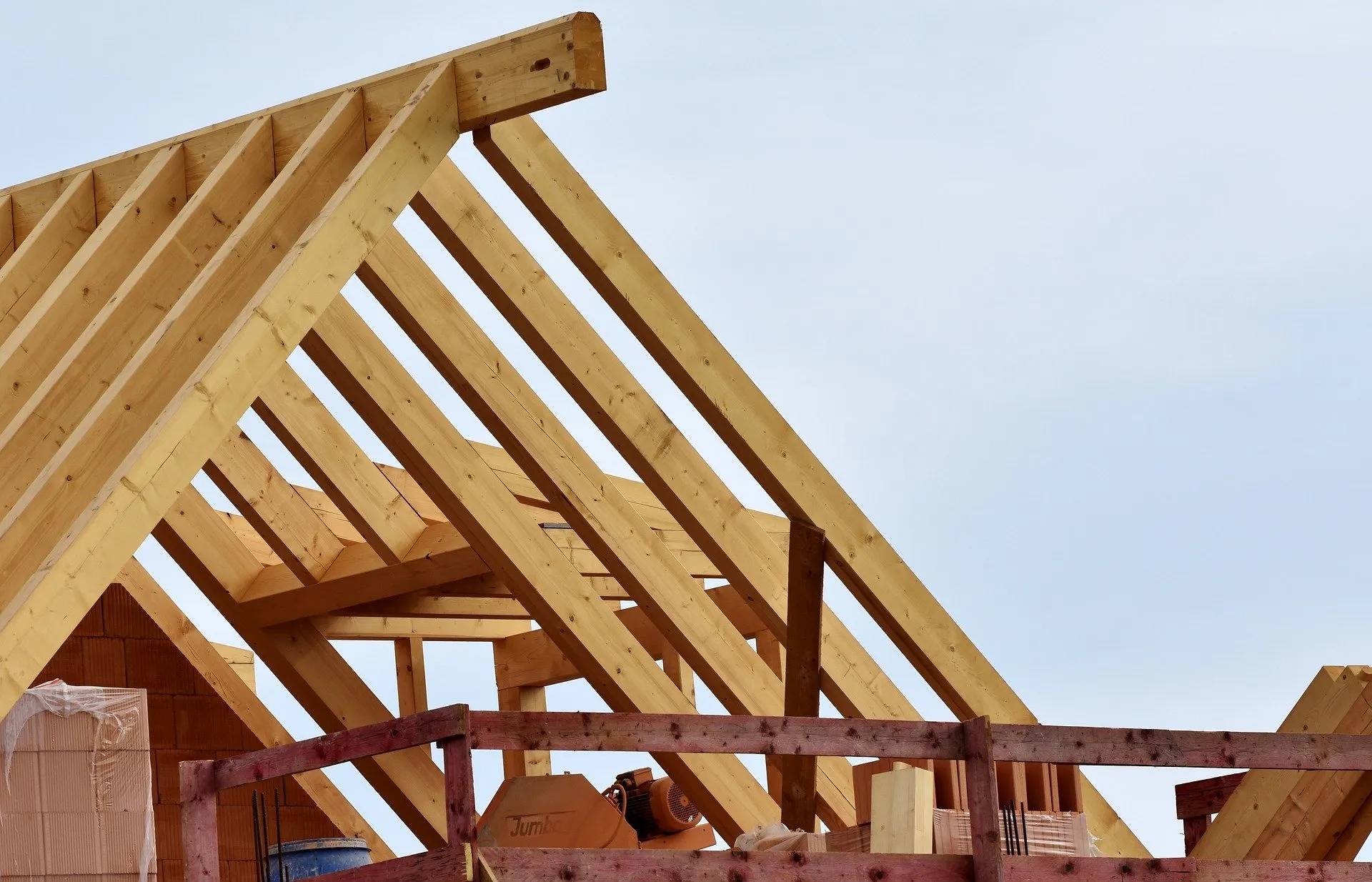EPDM Rubber Roofing – Firestone
Looking For Quality Local Roofers?
Then You Have Landed at the Right Place!
Get In Touch
We are Professional Roof Contractors that Operate around Nottingham and Surrounding Local Towns and Villages.
Call Us Now for a Free Quote & Friendly Advice.
EPDM Rubber Roofing – Firestone
EPDM rubber roofing from Firestone is one of the most popular choices for commercial and industrial buildings. It’s extremely durable, weather-resistant and easy to install, making it ideal for a wide range of applications. EPDM rubber also has superior resistance to UV rays and chemicals, making it an excellent choice for roofing in harsh environments.
With proper installation and maintenance, an EPDM rubber roof can last for decades. If you’re looking for a reliable, long-lasting roofing solution for your commercial or industrial building, consider EPDM rubber from Firestone.
EPDM rubber roofing is available in a variety of colours and thicknesses to suit your specific needs. It can also be installed over existing roofing materials, making it an ideal solution for retrofit projects.
Contact us at Tate & Sons Roofing Nottingham to learn more about EPDM rubber roofing and find the perfect solution for your building.
So, which material is the better choice for your flat roof?
It really depends on your needs and preferences. If you are looking for a durable and long-lasting roofing solution, then EPDM may be the better option. However, if you prefer a more natural look for your roof, then felt may be the better choice. Whichever material you choose, be sure to have it installed by a professional roofing contractor to ensure the best results.
How Much Does It Cost To Replace An Entire Roof Uk?
There is no definitive answer to this question since there are a number of factors that can affect the price of a rubber roof, including the size and complexity of the roof, the geographical location, and the specific supplier. However, as a general guide, prices for a rubber roof in the UK can start from around £50 per square metre. For a more accurate quote, it is advisable to get in touch with us at Tate & Sons Roofing Nottingham, so we can give you a more accurate quote depending on the circumstances.Examples of average prices, subject to survey
Single Garage roof approx 15 square metre = £800 to £1,000
Double Garage roof approx 28 square metre = £1,700 to £2,000
Is Rubber Roofing More Expensive Than Felt?
Rubber roofing costs more than felt, but it offers many advantages. It is much more durable, and it can last for decades with proper maintenance. It is also fire resistant and does not rot or mildew. In addition, rubber roofing is easy to install and repair. Overall, rubber roofing is a wise investment that will pay off in the long run.

How Long Does It Take To Replace A Flat Rubber Roof?
On average, it takes about two days to replace a flat rubber roof. This can vary depending on the size of the roof and the complexity of the job. For example, if the roof is large or has multiple stories, it may take longer. Additionally, if there are any special considerations that need to be made (such as working around delicate equipment or areas with restricted access), this can also add time to the project. In general, however, most flat rubber roofs can be replaced within two days.
If you are thinking about replacing your flat rubber roof, be sure to consult with a professional roofing contractor. They will be able to assess your roof and provide you with an accurate timeline for the project. Additionally, they can also give you an estimate of the cost of the project. Replacing a flat rubber roof is a big job, but it is definitely doable with the help of a professional.
How Long Does A Rubber Roof Last?
A rubber roof, also known as an EPDM roof, can last anywhere from 15 to 30 years. However, the average lifespan of a rubber roof is 20 to 25 years. The key to prolonging the life of a rubber roof is to perform regular maintenance and repairs as needed. By taking proper care of your rubber roof, you can help ensure that it will last for many years to come.
One of the biggest factors in determining how long a rubber roof will last is the climate. If you live in an area with extreme weather conditions, your rubber roof may not last as long as it would in a more moderate climate. In addition, if your rubber roof is exposed to sunlight for prolonged periods of time, it can also shorten its lifespan.
Another factor that can affect the lifespan of a rubber roof is the quality of the materials used. If you use lower-quality materials, your roof may not last as long as one made with higher-quality materials. In addition, if your roof is not installed properly, it can also lead to premature failure.

To help prolong the life of your rubber roof, it is important to perform regular maintenance. This includes cleaning the roof and removing any debris that can accumulate on it. In addition, you should also inspect the roof regularly for signs of wear and tear. If you notice any problems, it is important to have them repaired as soon as possible to prevent further damage.
With proper care and maintenance, your rubber roof can last for many years. However, if you do not take care of it, your roof may need to be replaced sooner than you would like. If you have any questions about how to care for your rubber roof, or if you need help with a repair, please contact a professional roofing contractor. They will be able to advise you on the best course of action to take.
How Do I Maintain A Rubber Roof?
To maintain a rubber roof, you will need to regularly inspect it for signs of wear and tear. You should also clean the roof with a mild soap and water solution to remove any dirt or debris. If you see any cracks or holes in the roof, you will need to repair them as soon as possible to prevent further damage. Finally, you should apply a waterproof sealant to the roof every few years to help protect it from the elements.
1. Inspect your roof regularly. Look for any cracks, holes, or other damage.
2. Clean your roof on a regular basis. Use a soft brush and mild soap to remove any dirt or debris.
3. Repair any damage as soon as possible. This will help prevent further damage and extend the life of your roof.
4. Apply a sealant to your roof every few years. This will help protect it from the elements and keep it looking its best.
5. Call a professional if you have any concerns or questions about maintaining your rubber roof. They can help you troubleshoot any issues and ensure that your roof is in top condition.
Is EPDM better than felt?
There are a lot of materials available on the market for flat roofs, but two of the most popular choices are EPDM and felt. So, which is the better option?
To start with, let’s take a look at EPDM. This is a synthetic rubber material that is very strong and durable. It is also flexible, which makes it ideal for flat roofs. In addition, EPDM is resistant to both heat and cold, so it can be used in a wide range of climates.
EPDM (ethylene propylene diene monomer) is a synthetic rubber that has many properties that make it an ideal roofing material. It is resistant to harsh weather conditions, UV radiation, and chemical damage. EPDM also has a very long lifespan, making it a cost-effective roofing option.
Felt is a traditional roofing material that is made from organic materials such as wood pulp or paper. Felt is less durable than EPDM and can be damaged by exposure to sunlight, wind, and rain. Additionally, felt does not have the same level of resistance to chemicals and other damages as EPDM.
Overall, EPDM is a better roofing option than felt due to its durability, resistance to weather and damage, and long lifespan. If you are looking for a cost-effective roofing solution, EPDM is the way to go.
Felt, on the other hand, is made from natural fibres such as wool or jute. It is also less durable than EPDM, though it can still last for several years if properly maintained. One advantage of felt is that it is easier to repair if it becomes damaged.
Frequently Asked Questions
Does EPDM have to be glued down?
EPDM does not require adhesive for installation, making it a more affordable roofing option. However, without adhesive, your EPDM roof may not last as long. Many experts recommend using adhesive to extend the lifespan of your roof.
Can I install EPDM myself?
Yes, you can install EPDM rubber roofing yourself. However, we recommend that you hire a professional contractor to do the job for you. This will ensure that your roof is installed correctly and will last for many years.
Looking for a new EPDM Firestone rubber roof?
Then call us now at Tate & Sons Roofing Nottingham
We offer a FREE Consultation together with a FREE Quote!
